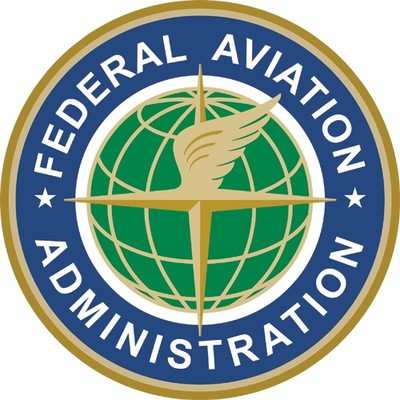Tue, Sep 22, 2015
Largest Grant Goes To Waco Regional Airport In Texas
The FAA has provided $11 million in Airport Improvement Program (AIP) funds to eight airports that have risk factors for runway incursions. In June, the FAA unveiled the Runway Incursion Mitigation (RIM) program that will identify and mitigate risk factors that contribute to runway incursions at specific airports. The risk factors include unclear taxiway markings, lighting or signage, or confusing taxiway layout.

Working in partnership with airport sponsors, the FAA has identified several airports that will receive funds this fiscal year to begin mitigation efforts. The AIP funds will be used by airport sponsors to either study alternatives to reduce the number of runway incursions at their airports, or to fund projects that will specifically address unclear taxiway markings, lighting or signage, or taxiway layout concerns to mitigate runway incursion risks.
The following airports will receive funding:
- Waco Regional Airport in Texas will receive $6.4 million to realign a taxiway which will bring the taxiway up to FAA standards and reduce incursions at the airport.
- A $600,000 grant for Midway International Airport will install runway guard lights at a runway and taxiway intersection to reduce risk and to meet FAA design standards.
- A grant for $16,000 will be awarded to Philadelphia International Airport to design the taxiway modifications needed to meet FAA design standard and reduce runway incursion risk factors.
Cleveland International Airport will receive $2,332,214 million to reconfigure several taxiways to eliminate the risk of incursions.
Several airports will receive funding for Runway Incursion Mitigation studies. The amount varies based on the size of the airport and the complexity of the risk factors.
- Dallas Addison Airport in Texas, $43,614
- Lone Star Executive Airport in Texas, $19,693
- Scholes International Airport in Texas, $11,693
- San Jose International Airport in California, $1,498,141
These grant awards are in keeping with the FAA’s risk-based decision-making principles to proactively address safety risks.
More News
He Attempted To Restart The Engine Three Times. On The Third Restart Attempt, He Noticed That Flames Were Coming Out From The Right Wing Near The Fuel Cap Analysis: The pilot repor>[...]
Make Sure You NEVER Miss A New Story From Aero-News Network Do you ever feel like you never see posts from a certain person or page on Facebook or Instagram? Here’s how you c>[...]
From 2009 (YouTube Edition): Leading Air Show Performers Give Their Best Advice for Newcomers On December 6th through December 9th, the Paris Las Vegas Hotel hosted over 1,500 air >[...]
Aero Linx: NASA ASRS ASRS captures confidential reports, analyzes the resulting aviation safety data, and disseminates vital information to the aviation community. The ASRS is an i>[...]
“For our inaugural Pylon Racing Seminar in Roswell, we were thrilled to certify 60 pilots across our six closed-course pylon race classes. Not only did this year’s PRS >[...]
 NTSB Final Report: Rutan Long-EZ
NTSB Final Report: Rutan Long-EZ ANN FAQ: Turn On Post Notifications
ANN FAQ: Turn On Post Notifications Classic Aero-TV: ICAS Perspectives - Advice for New Air Show Performers
Classic Aero-TV: ICAS Perspectives - Advice for New Air Show Performers ANN's Daily Aero-Linx (06.28.25)
ANN's Daily Aero-Linx (06.28.25) Aero-News: Quote of the Day (06.28.25)
Aero-News: Quote of the Day (06.28.25)



